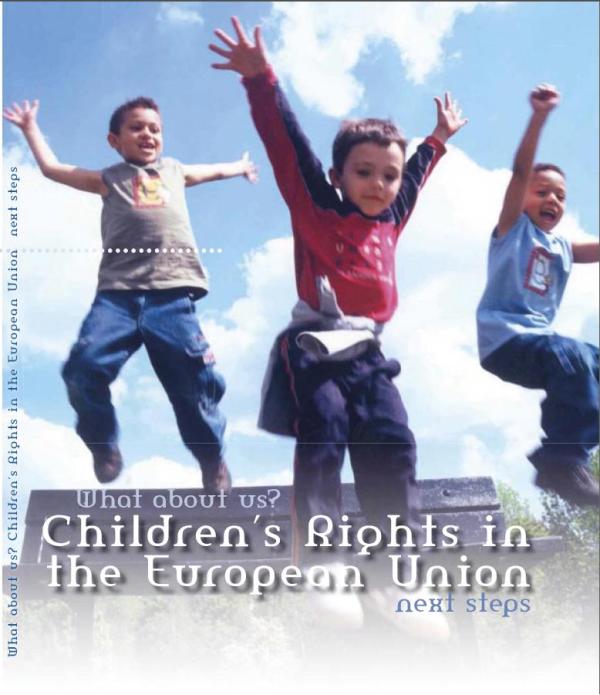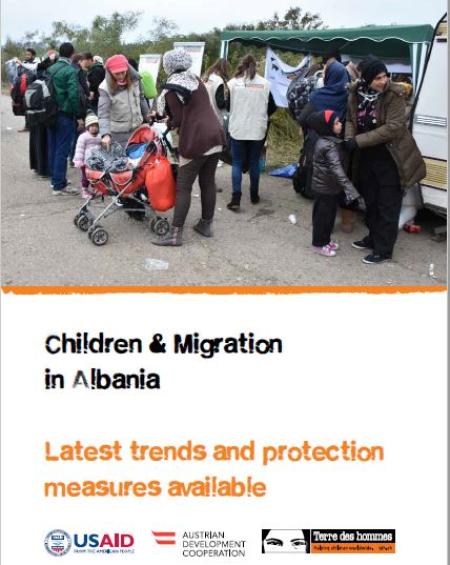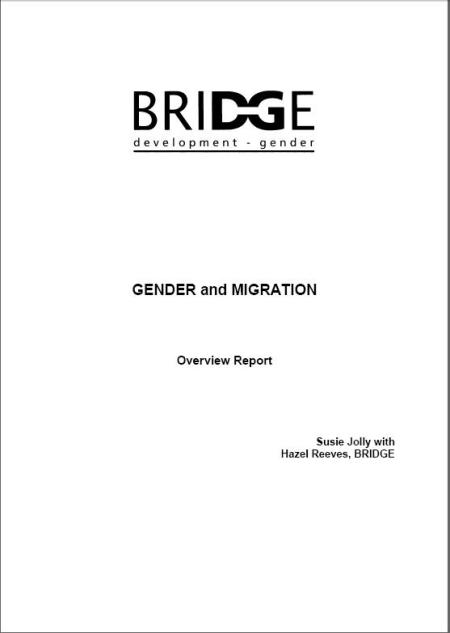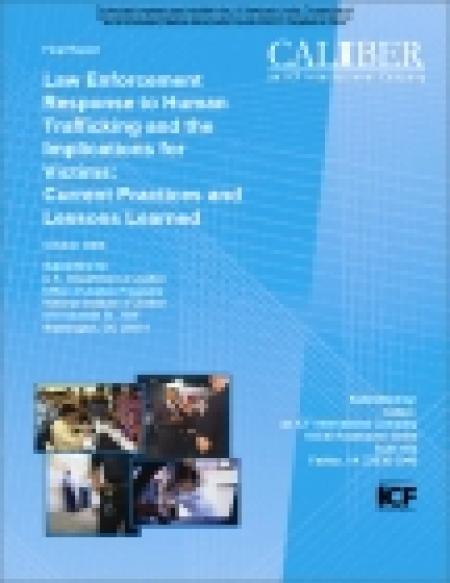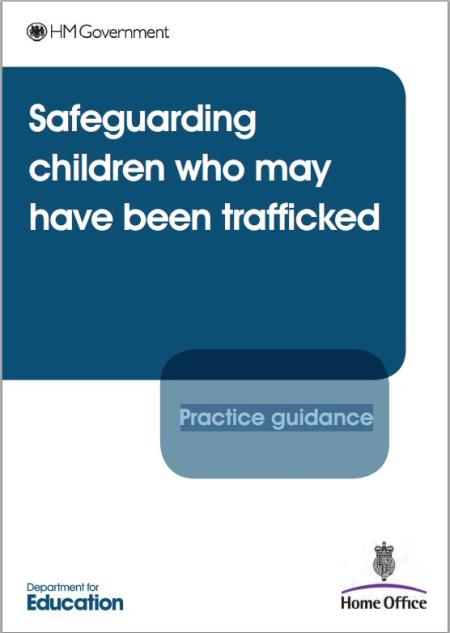
An estimated 34 million children and youth have been forcibly displaced, and many more are on the move in search of economic and educational opportunities.
Digital connectivity, digital data, and emerging technologies are changing how displaced people inform themselves and access information and communicate, as well as how agencies conduct and manage their programming and measure impact. Aid organizations increasingly rely on data and emerging, new technologies to improve their reach and assist vulnerable, hard-to-reach populations, including children on the move.
The ongoing COVID-19 pandemic has accelerated the aid sector’s desire to develop digital solutions to support vulnerable populations, including for migrant and displaced children. However, increased connectivity among these populations has the potential to increase risk. The rapid introduction of technological innovations poses new ethical dilemmas and threats to the safety and well-being of displaced children as national legislations struggle to keep pace.
Save the Children’s Migration and Displacement Initiative (MDI) is itself an innovator; developing, inter alia, technology-driven tools to enable a safer and more impactful response to support the most vulnerable children on the move. The Predictive Displacement tool is one such example – a prototype model for anticipating the future scale and duration of conflict-driven displacement crises. To complement such work, the MDI has simultaneously commissioned the following report to support improvements in Save the Children’s child safeguarding in situations where digital technologies ‘interface’ with migration and displacement contexts.
This Digital Child Safeguarding report follows recommendations from the MDI’s and Save the Children Denmark’s Child Displacement and Emerging Technologies study, and addresses the relevant recommendations raised in Save the Children’s Global Audit in 2016.
The learning from this report will support Save the Children’s internal capacity building in terms of responsible applications of technology for M&D-relevant child and youth programming, and at the same time, provides a significant and timely contribution to emerging sector-wide digital child safeguarding good practices. We anticipate a secondary phase of this research in 2021, which will support the development of guidance and decision support tools equipping the organization and the sector with the necessary instruments for digital child safeguarding and the broader digital transformation agenda. Data and technological innovation are not the "enemy" – they offer greater, much-needed capacity for positive and transformative change in our sector.
Nevertheless, as the scale and influence of technology increases, aid actors must be equipped with the proper digital safeguarding mechanisms to prevent harm to the very children they seek to keep safe, as well as to reduce any legal or reputational risks. Equally, the increasing reliance on digital technology should not neglect those without access. We increasingly see examples where we risk contributing to the "digital divide", as big data and tech-based programming overlooks those without connectivity. Identifying how we collectively and effectively navigate these myriad challenges, without jettisoning the opportunities offered by technological innovation, is a challenge the aid sector must confront rapidly.


